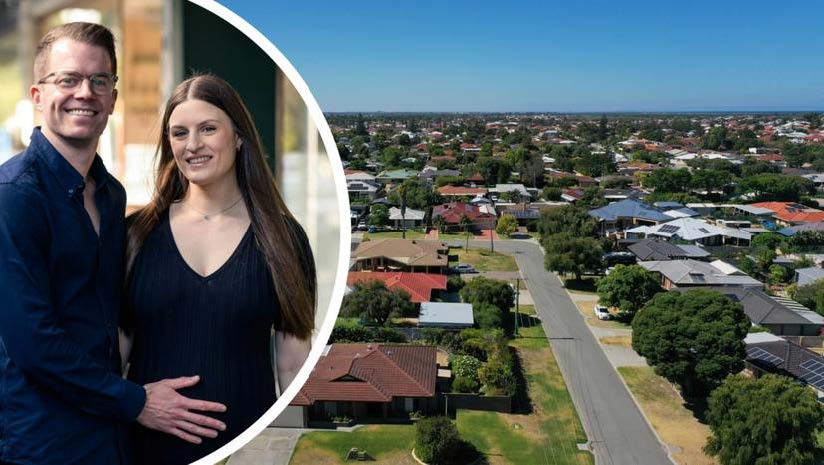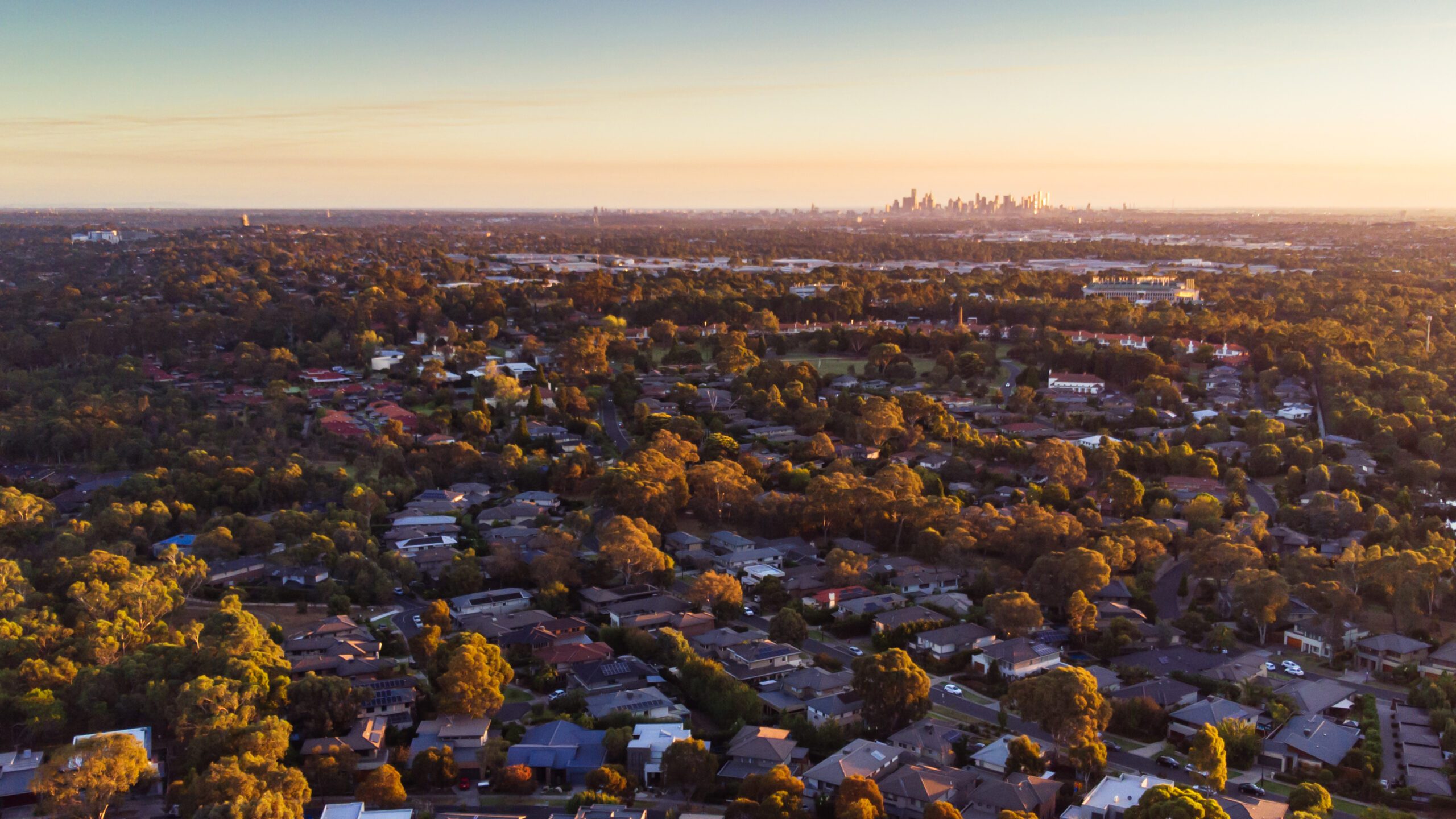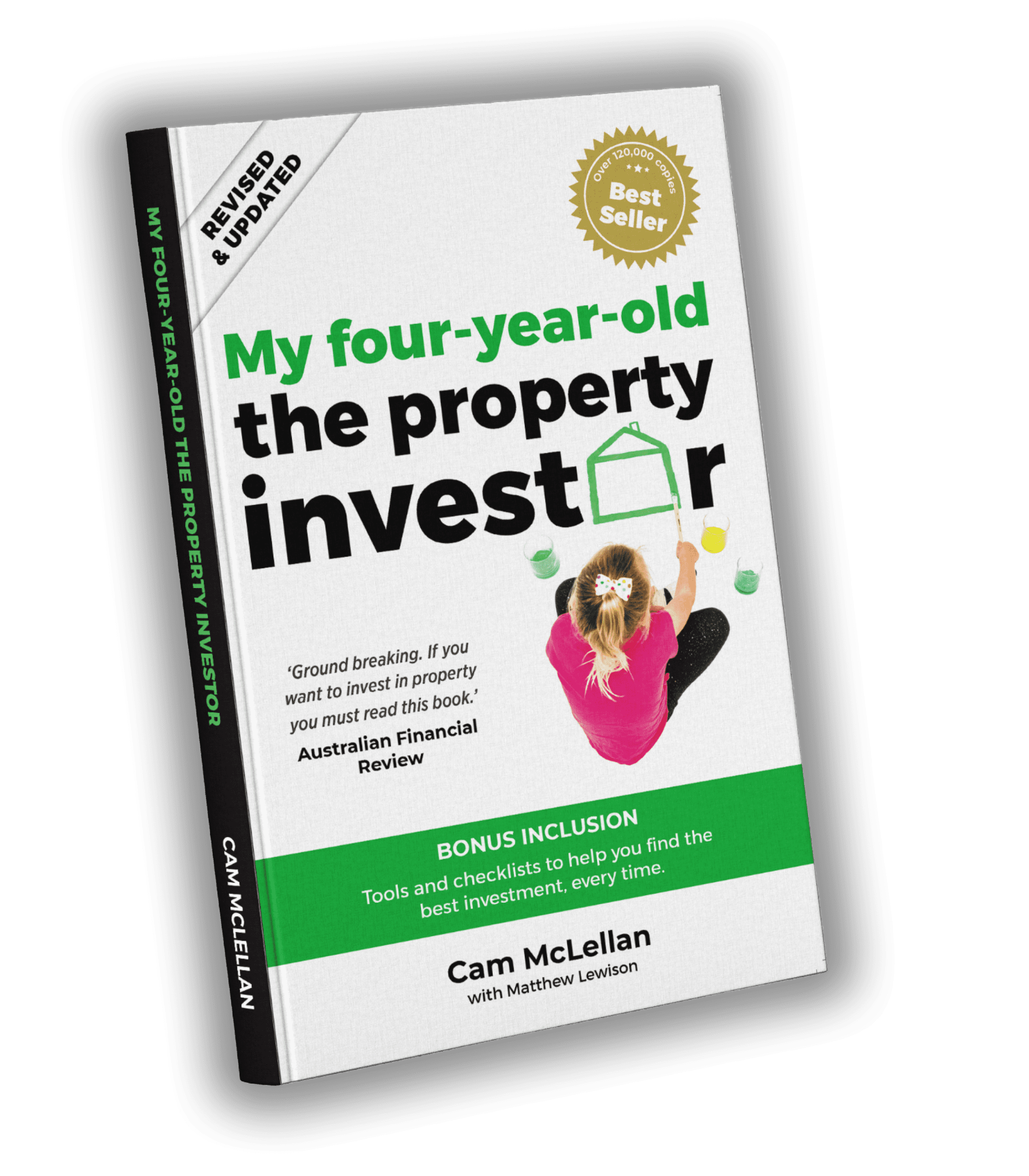By Cam McLellan
One of the most frequently reported metrics when it comes to the property market is the median house price. Unfortunately, it is also one of the most misunderstood statistics as well. It is a valuable exercise to describe what it is and how it is calculated as well as articulating when it should and should not be used.
The median calculation is the middle value in any range of data. So where house prices are concerned, the median house price is calculated by arranging all of the sale results for sales in an area, say Melbourne, from the least expensive to the most expensive. The middle value in that series of sales represents the Melbourne median house price. It isn’t, as many people think, the average (or mean) sale price for properties in that area. Let’s look at an example:
If there are 3 sales in an area – one at $500k, one at $750k and one at $1m, the median house price is $750k. If there are three sales at another point in time – one at $695k, one at $750k and one at $3.2m, the median is still $750k. Very different data but the same median house price. So one of the strengths of the median house price is that it is not influenced greatly by outer sales, that is, the odd very cheap or very expensive property. With that said, however, analysing the median house price too frequently and using a very small timeframe to assess growth or decline in the median house price is flawed. The more sales in a set of data, the more representative the median house price will be. For example, while looking at the movement in the median house price over a 6 month period in Melbourne is more likely to yield an accurate and useful result, rather than comparing the month to month movement in Bentleigh (another Victorian suburb) which has the potential to be very misleading.
The median house price is most useful when it is used as an indicator of market activity. When there are more sales that occur in the upper price range, the median will increase to re-calculate the middle value, whereas when more sales occur below the median house price the median will drop. This clears up a common misconception that a dropping median house price reflects a drop in value of any particular property. During the Global Financial Crisis, it was extensively reported that house prices were “going to crash” and that “the median house price dropping was the evidence of the decrease in property values”. As you’re now aware, this is not the case.
A decrease in the median house price is expected in downturns as the number of purchases in the more affordable end of the market exceed the sales at the top end of the market. Even in a downturn the bottom end of the market continues to grow due to this demand. You may have noticed that the top end suburbs frequently appear in the highest percentage growth suburbs in the prosperous times but also in the highest percentage loss suburbs during the plateau periods of market activity. They tend to fluctuate more as the demand changes whereas the lower end of the market always has demand and will hence grow more consistently. Not only does this reduce your risk as an investor but it allows you to consistently acquire property regardless of market conditions. Slow and steady wins the race.
If you are curious about what your property is worth, we suggest obtaining a valuation from a licenced valuer. The most accurate way to determine what a property is worth at any point in time is comparable sales data and this is why reviewing your property’s value through a valuation every 6 months or so remains an effective strategy for unlocking equity when it becomes available, allowing you to duplicate your portfolio as your equity and cash flow balance allows.








